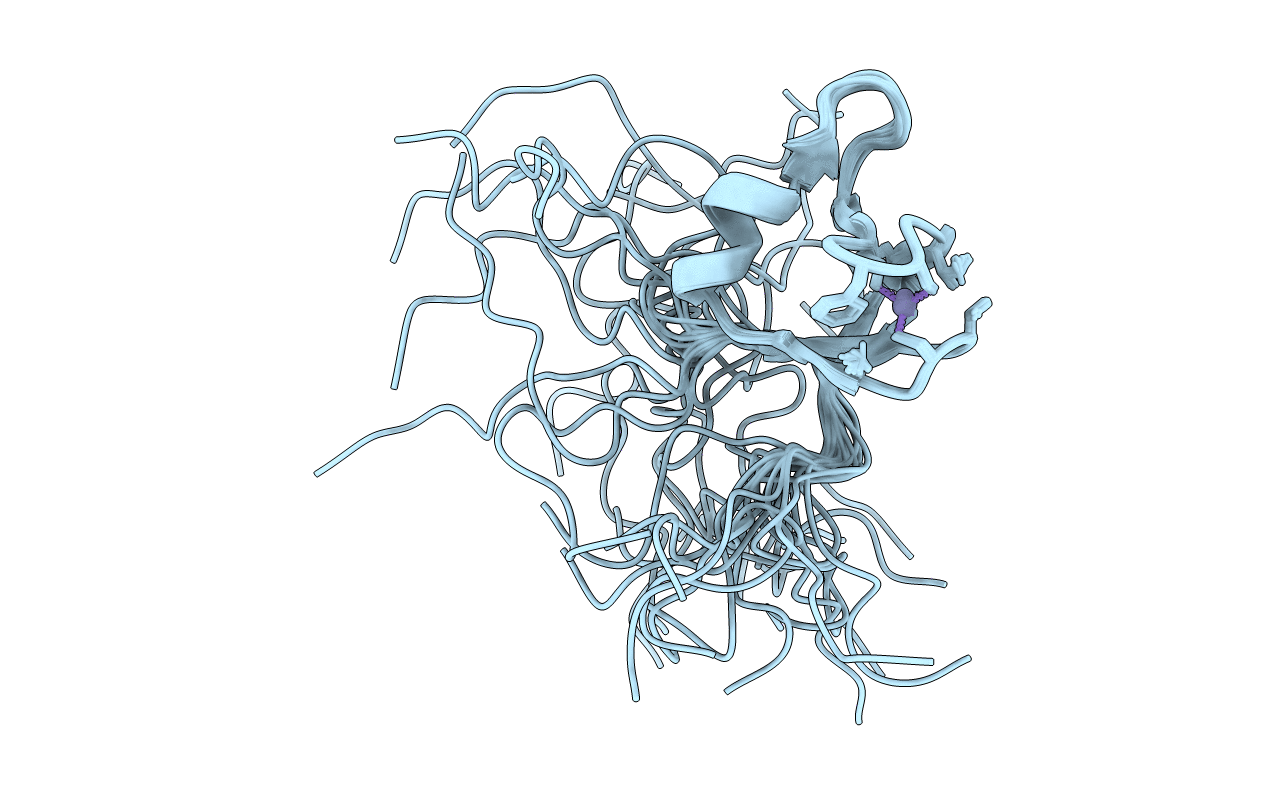
Deposition Date
2004-03-18
Release Date
2004-10-05
Last Version Date
2023-12-27
Entry Detail
PDB ID:
1VD4
Keywords:
Title:
Solution structure of the zinc finger domain of TFIIE alpha
Biological Source:
Source Organism:
Homo sapiens (Taxon ID: 9606)
Host Organism:
Method Details:
Experimental Method:
Conformers Calculated:
100
Conformers Submitted:
20
Selection Criteria:
structures with the lowest energy


